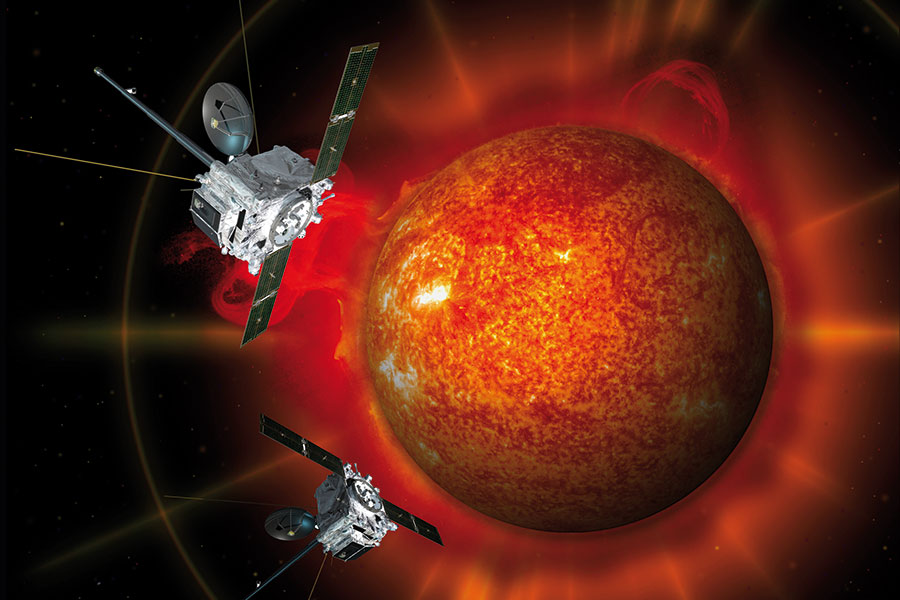Legal & Real Estate
Home, Garden & Decoration
Global Topics
Inside Ibiza
Health & Wellness
Ibiza Optimista
Published in Ibicasa Magazine on 15/10/2024
Related Articles

“Stargazer” - Hypersonic Jet Travel
Exciting news in aerospace! Venus Aerospace is developing the Stargazer passenger plane, set to fly from New York to Tokyo in just an hour at Mach 9, reaching an astounding... READ MORE
Exciting news in aerospace! Venus Aerospace is developing the Stargazer passenger plane, set to fly from New York to Tokyo in just an hour at Mach 9, reaching an astounding 11,000 km/h. Soaring at 56 km altitude, it offers views of Earth's curvature and space. Travel revolution underway! ✈️🚀 #Sta... READ MORE

Caritas Hostal Renovated
Vibra Hotels has organized a collaborative project to renovate a rundown shelter owned by the Caritas charity in Ibiza Town. The hotel chain had offered to help Caritas imp... READ MORE
Vibra Hotels has organized a collaborative project to renovate a rundown shelter owned by the Caritas charity in Ibiza Town. The hotel chain had offered to help Caritas improve some of the facilities where they offer shelter to disadvantaged people. “When we saw this shelter, it seemed like a ver... READ MORE

Seeing The Sun
In 2006, NASA launched the STEREO space mission to obtain a complete and three-dimensional view of the Sun. After years of work, in 2011 they achieved their goal by providi... READ MORE
In 2006, NASA launched the STEREO space mission to obtain a complete and three-dimensional view of the Sun. After years of work, in 2011 they achieved their goal by providing the first stereoscopic view of our star. Now, in 2023, STEREO-A is approaching Earth, providing a unique opportunity to st... READ MORE

Phone-Free Holidays
The Eastern Gulf of Finland is a popular vacation area that includes the island of Ulko-Tammio. Starting last summer some behaviours were missing from that island: selfies,... READ MORE
The Eastern Gulf of Finland is a popular vacation area that includes the island of Ulko-Tammio. Starting last summer some behaviours were missing from that island: selfies, people walking with their heads down, meals with no one talking to each other, and all the other things that characterize pe... READ MORE
© Copyright 2024
Ibicasa Home and Services.
